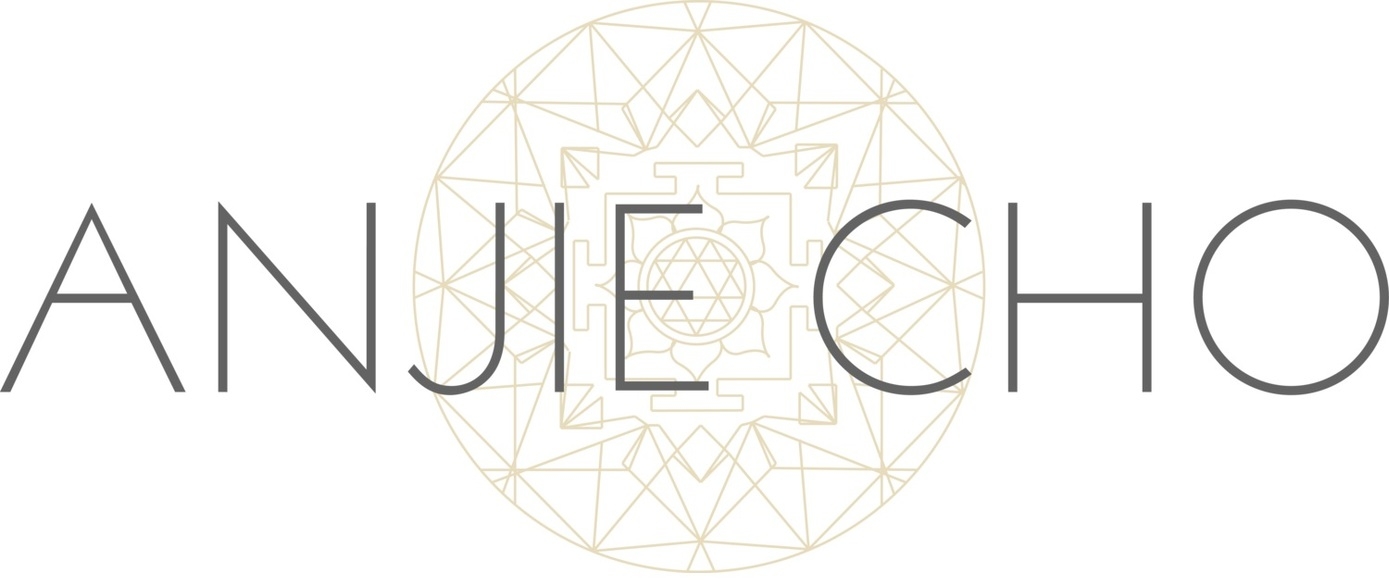Photo by Vlada Karpovich on Pexels
Is it ok to have my home office in my bedroom?
This is something that has come up a lot this year with so many of us working from home. Sometimes the bedroom the only area where you can set up a workspace, especially if you normally work at an office and weren’t prepared to work from home.
In general, my advice is to do the best with what you have. Feng shui isn’t magic—it’s not going to add another room to your home or make one of your rooms suddenly bigger. You have to make accommodations and compromises based on your situation.
In general, it’s not ideal to have a workspace in your bedroom. If you can move it to another place in your home, I would recommend you do that. A separate room is best, but you can also carve out space in another room in your home, one that is not dedicated to sleep and relaxation. For example, perhaps there is a corner in your kitchen that would work well as a dedicated home office.
If you must have your home office in your bedroom, there are a few ways that you can make the most of the situation. First, make sure you have a separate space dedicated to work within your bedroom. You don’t want to work on your computer while sitting in bed, because you’re mixing two different types of energy: yin, the more passive energy of rest and sleep; and yang, the active energy of work.
Next, do your best to create a visual separation between your workspace and the rest of your bedroom. You can do this with a freestanding bookcase, room divider, or fabric panel. If you can’t fit something like this in your bedroom, you may want to cover your desk with a beautiful piece of fabric at the end of each work day to create more separation between your work and personal life.
If you have questions about your specific situation, I’d recommend working with an expert. If you do have the opportunity to work with a feng shui consultant, they can help you locate a better space for your home office, or figure out how to best accommodate the workspace in your bedroom if that is really the only option.
Thanks for reading our "Q&A Sunday". If you have personal questions, we encourage you to check out Practical Feng Shui or hire one of Anjie's Grads.
If you’d like to learn more about feng shui, check out Mindful Design Feng Shui School at: www.mindfuldesignschool.com




